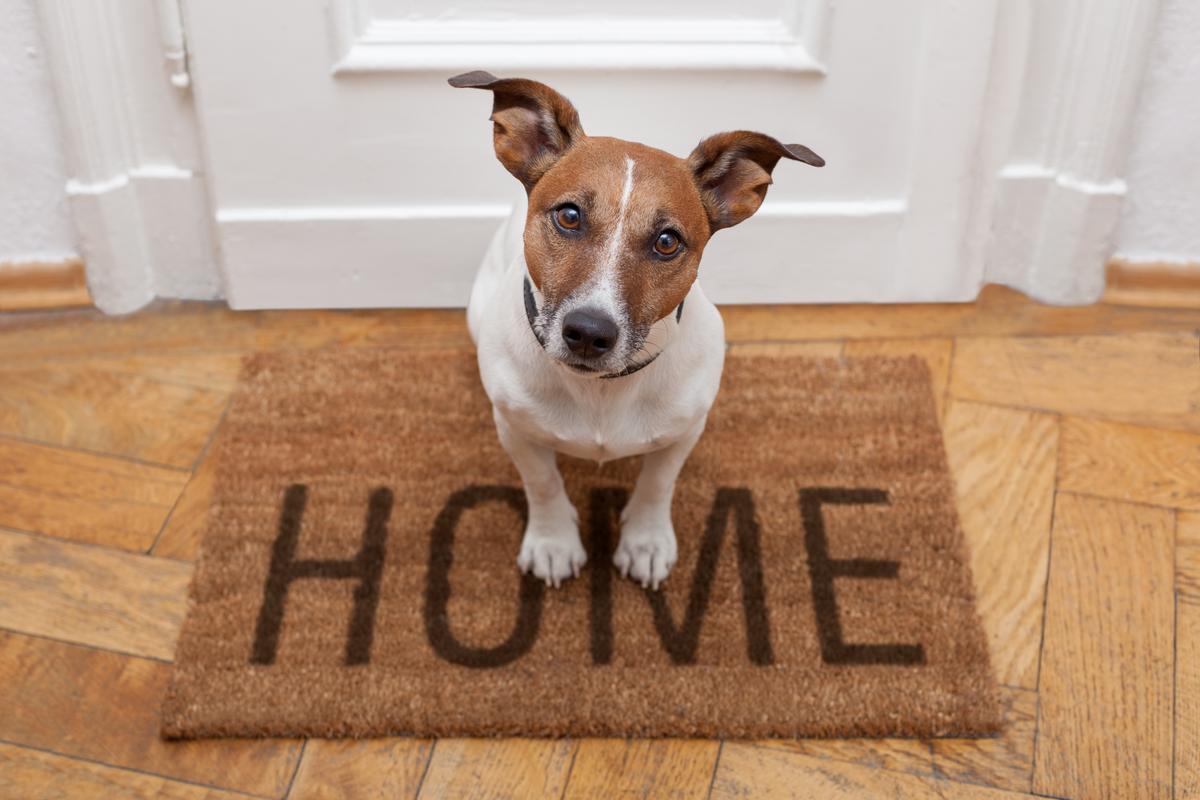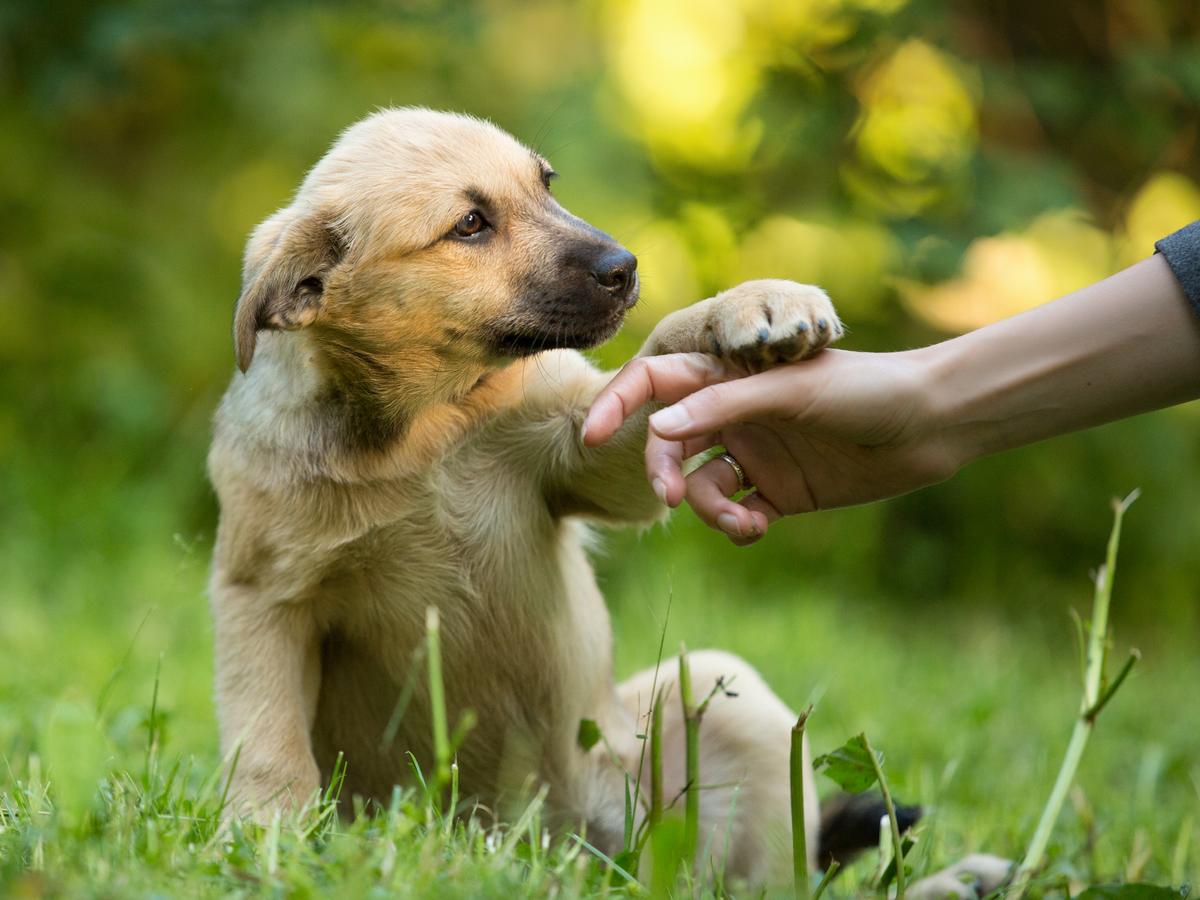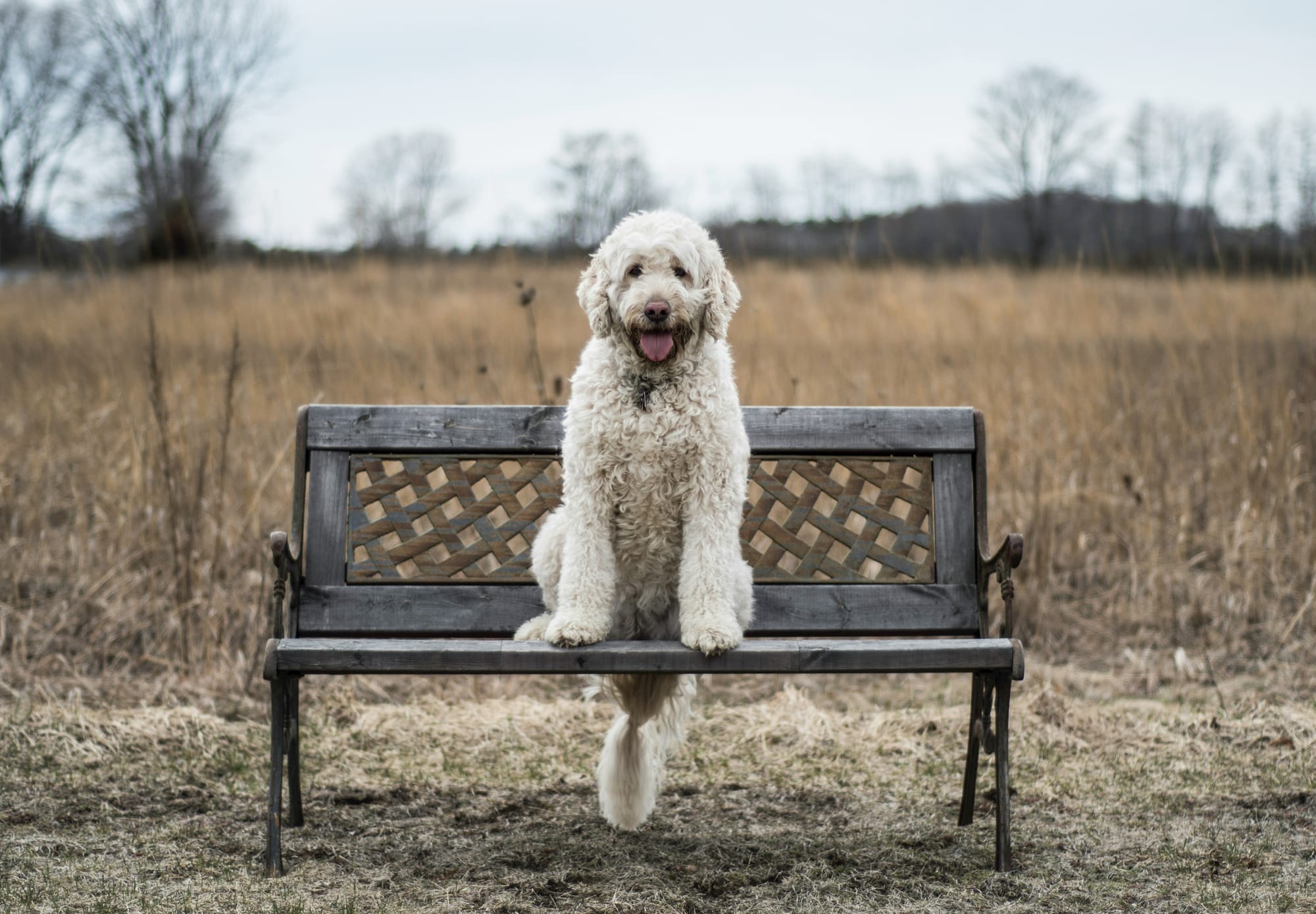
Losing a pet is every dog owner's worst nightmare.
Imagine spending a fun-filled day at the park with your furry best friend.
You turn your back for one moment and your four-legged buddy disappears from your sight.
After spending hours calling their name, they're nowhere to be seen.
The sun sets, the park empties, and a sense of despair and worry starts to set in.
Despite our best efforts, dogs sometimes get lost, and it's essential to know how to respond in such situations.
Strategies for the First 24 Hours
When you first realize your dog is missing, it's important to act quickly.
You can start by checking your local neighborhood and asking neighbors if they've seen your dog.
This often works, but not always.
What if your dog is still not found after 24 hours?
Lost Dog Recovery Techniques
The real challenge starts after 24 hours.
That's when you need to use the "Lost Dog Recovery Techniques".
These strategies are tried and tested methods that help increase the odds of finding your lost pet.
Starting the Search for your Lost Dog
The first thing you should do is start a comprehensive search.
Do this during the times your dog is most likely to be active, usually early morning or late evening.
It's critical to stay calm and not to panic during the search.
Also, keep some of their favorite treats with you as you go.
Your dog's sense of smell is their strongest sense, and they may be lured back by the smell of their favorite food.
Utilize Social Media
In today's connected world, social media can be a powerful tool.
Creating a post about your lost dog and sharing it in local community groups can be very effective.
Include a clear photo of your dog, a description, and your contact information.
You never know who might spot your lost furry friend.
Creating Flyers for your Lost Dog
It might sound old-fashioned, but flyers still work.
They're particularly useful in local areas and can reach people who might not be on social media.
Include the same details as in your social media post.
Additionally, consider offering a reward.
This could incentivize more people to join your search.
Check Local Animal Shelters and Vets
Visit local animal shelters and vet clinics.
Provide them with a photo of your lost dog and your contact information.
Many people who find lost dogs take them to these places.
Therefore, making these visits could lead you to your lost pet.

Pet Recovery Services
There are many pet recovery services and databases, such as Pet Amber Alert, that can help spread the word about your lost dog.
These services have vast networks of pet owners and can effectively widen your search area.
Maintaining Regular Routines
When a dog is missing, maintaining your daily routines can seem counterintuitive.
However, dogs often find their way back home by recognizing regular patterns.
So, keep porch lights on at night, leave food and water out, and even leave your dog's bed or some of your clothing outside.
These familiar scents could guide your lost pet back home.
Harness the Power of Scent
Speaking of scents, dogs have an extraordinary sense of smell.
They can pick up scents from miles away.
Consider leaving items with a familiar smell - such as their favorite toy, blanket, or a piece of your used clothing - in the areas where you last saw your dog.
This can help lure your pet back to a familiar location.
Contact Local Media
Many local radio stations, newspapers, and television stations run lost pet segments.
Contact them with your dog's details and your contact information.
This exposure can help reach thousands of people in your area and could lead to a sighting of your dog.
Hire a Professional Pet Detective
Yes, they do exist!
Professional pet detectives are trained in tracking and can help in your search.
These experts use various techniques, including search dogs, to find lost pets.
Hiring a professional might be worth considering if your dog has been missing for more than 24 hours.
Register Your Lost Dog on Online Platforms
Several online platforms are dedicated to helping find lost pets.
Sites like Petfinder, PawBoost, and the Center for Lost Pets allow you to post about your lost dog.
People who have found or spotted lost dogs can also post on these platforms, increasing the chances of someone recognizing your dog.
Don’t Give Up Too Soon
The most important tip of all is not to lose hope.
While it's distressing when your pet goes missing, it's vital to remain optimistic.
Many dogs are found days, weeks, or even months after they go missing.
Stay dedicated to your search and continue to use these techniques to increase your chances of a happy reunion.
In conclusion, the most important thing to remember when your dog goes missing is not to panic.
Use these "Effective Techniques to Recover Your Lost Dog After 24 Hours" as a guide to help you navigate this stressful situation.
Remember that each day brings a new opportunity to find your missing dog.
Continue to use social media, flyers, pet recovery services, and local resources to increase the visibility of your lost pet.
Consider investing in technology like a GPS collar or microchip to enhance your pet's safety.
And most importantly, don't lose hope.
Your furry friend might be closer than you think.
Stay positive, keep searching, and never give up.

Enlisting the Help of Your Community
Don't underestimate the power of your local community when it comes to finding your lost dog.
Neighbors, local business owners, mail carriers, and delivery drivers are all people who spend a lot of time in your area and could potentially spot your dog.
Share information about your lost dog with them - the more eyes you have looking out for your pet, the better.
Involving Kids in the Search
Involving children in the search can also be effective.
Kids are naturally curious and observant, and they may spot your dog in places adults might overlook.
Moreover, their innocent concern can move adults to action and help spread the word faster.
Seeking Help from Other Pet Owners
Other pet owners, particularly dog owners, can empathize with your situation.
They may be willing to take some time during their walks or outings to look for your pet.
Dog parks are also great places to share information, as they are often hubs for the local pet owner community.
Using Animal Communication and Animal Psychics
Though not scientifically proven, some pet owners swear by animal communication or animal psychics.
These individuals claim to have a special connection with animals and can help locate lost pets.
While this should not replace other practical steps, if you're feeling desperate, it could be another avenue to explore.
Staying Safe During the Search
While your primary concern is finding your lost dog, it's essential to stay safe during the search.
Avoid searching alone in unfamiliar or dangerous areas, particularly at night.
Remember to take care of yourself as well - staying hydrated, eating properly, and getting enough sleep will keep you in the best condition to continue your search.
Precautions for the Future
Once you've found your lost dog, there are several steps you can take to prevent this stressful situation from happening again.
Ensure your home and yard are secure, with no gaps in fences or open gates.
Regular training can also reinforce commands like 'stay' and 'come', which can prevent your dog from wandering off.
Regular walks and exercise can help fulfill your dog's need for exploration and reduce their desire to roam.
To summarize, losing a dog can be a harrowing experience, but the "Effective Techniques to Recover Your Lost Dog After 24 Hours" detailed in this article can guide you through the process.
Through a combination of community effort, technological assistance, and good old-fashioned detective work, you can significantly increase your chances of finding your furry friend.
Remember, the key is not to lose hope.
Every day is a new opportunity to bring your four-legged family member back home.
Stay positive, keep up your efforts, and don't hesitate to reach out for help when needed.
Your community, family, and friends are there to support you.
And when your beloved pet is back in your arms, all the effort will be worth it.
Regular Updates on Social Media
Continuing to provide updates about your search on social media can keep people engaged and willing to help.
This could be posting new photos, sharing any potential sightings, or simply expressing your gratitude for the ongoing support.
Remember, the more people involved in your search, the higher the chances of finding your furry friend.
Use of Drones
Drones can cover large areas and inaccessible places, providing a bird's eye view that might help you spot your pet.
While not everyone has access to a drone, local hobby groups or even professional services might be willing to assist.
Just make sure you're aware of and follow any local regulations related to drone use.
Reach Out to Local Dog Trainers
Local dog trainers often have extensive networks within the pet community.
They might be able to spread the word about your lost pet or even offer some additional advice based on their understanding of dog behavior.

Patience is Key
It's important to remember that recovering a lost pet can take time.
Your dog might be scared and hiding, or someone might have taken them in, not realizing they have an owner looking for them.
Patience and perseverance are crucial during this stressful time.
The Emotional Aspect
Losing a dog is an emotional roller coaster.
It's okay to feel upset, scared, or even guilty.
But don't let these emotions stop you from taking action.
Channel them into a determined effort to bring your dog home.
Don't hesitate to lean on your support network during this time.
Share your feelings with friends and family - you don't have to go through this ordeal alone.
The Role of Technology in Finding Your Lost Dog
Technology has become a crucial part of our lives, and it can also be a lifesaver when it comes to finding lost pets.
GPS Dog Collars
GPS dog collars, like those offered by Fi, are a game-changer.
These devices let you track your dog's location in real time.
It can significantly increase the chances of quickly finding your lost pet.
This technology means that even if your dog goes missing, you'll be able to track their movements and locate them more quickly.
Microchipping Your Dog
Another technological solution is microchipping your dog.
A microchip is a tiny device that is implanted under your dog's skin.
It holds information about your dog and your contact details.
Vets and shelters can scan a found dog for a microchip, and if one is found, they can easily contact the owner.
In the end, losing your dog can be a traumatic experience.
But with these "Effective Techniques to Recover Your Lost Dog After 24 Hours," you can increase the chances of a happy reunion.
And for the best preventive measure, consider a GPS dog collar.
At Fi, we offer top-quality GPS dog collars that can help ensure the safety of your pet.
Our collars provide real-time tracking, helping you locate your pet quickly if they ever get lost.
Remember, it's not just about recovering your lost dog - it's about preventing them from getting lost in the first place.
So, why not give your best friend the best chance of staying safe?
Choose Fi.
Bring your dog home.
Keep them safe.

